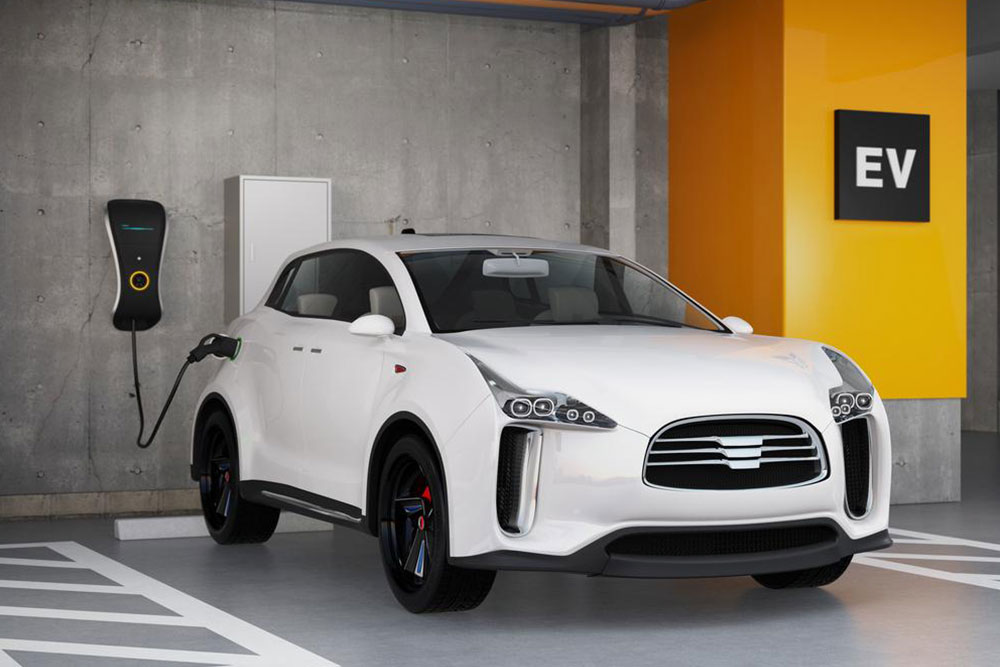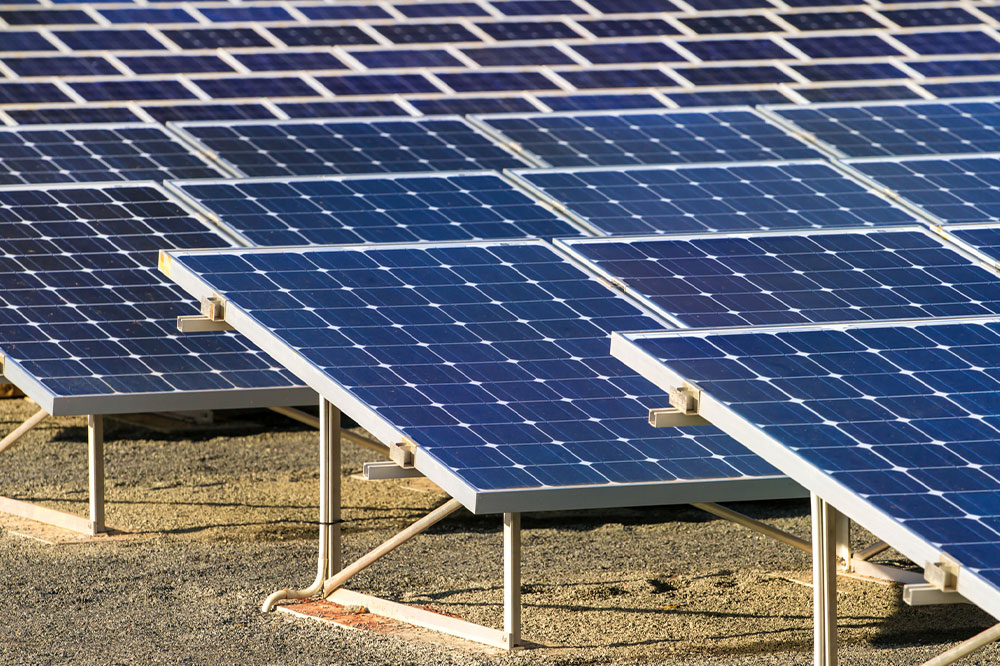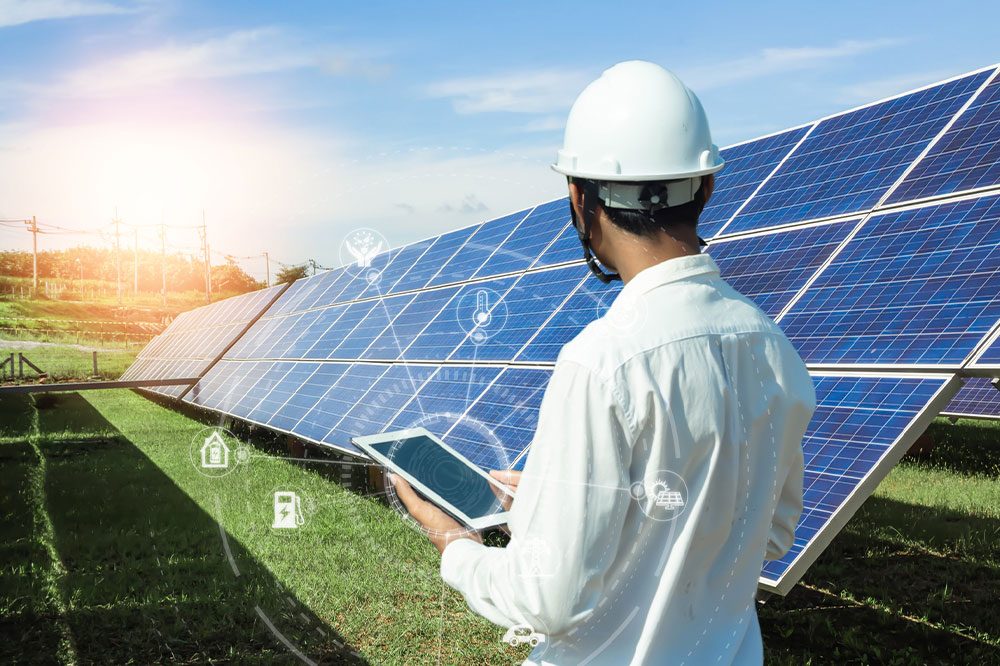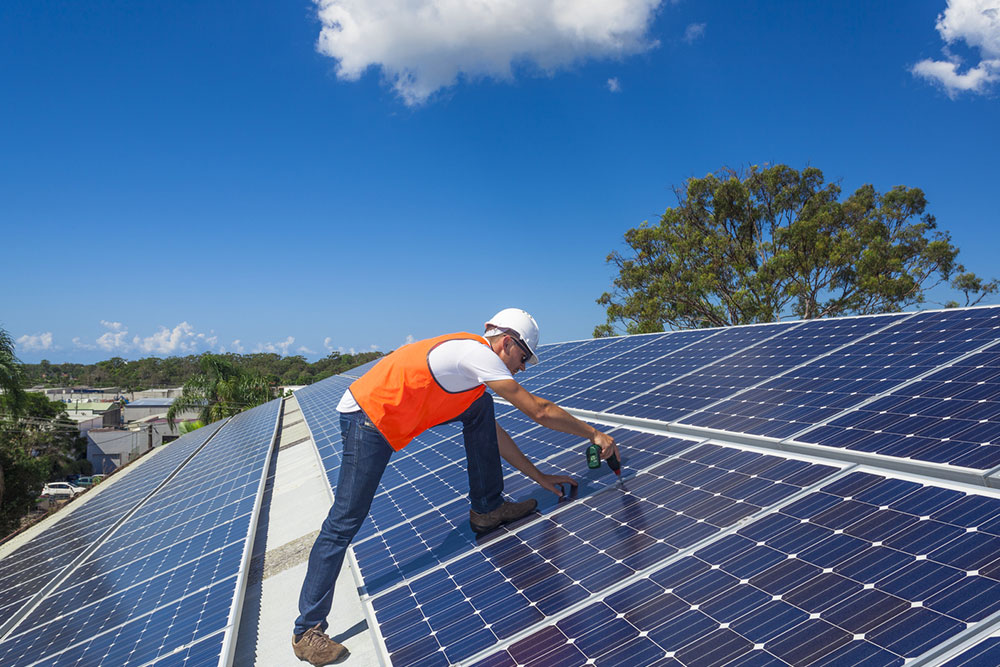Comprehensive Guide to Sustainable and Renewable Energy Sources
Explore the comprehensive landscape of renewable energy sources, including solar, hydropower, wind, and geothermal. Learn about their benefits, applications, and the challenges faced in adopting these sustainable solutions globally. The article emphasizes how renewables are crucial for a cleaner, sustainable future and highlights technological advancements driving their adoption.
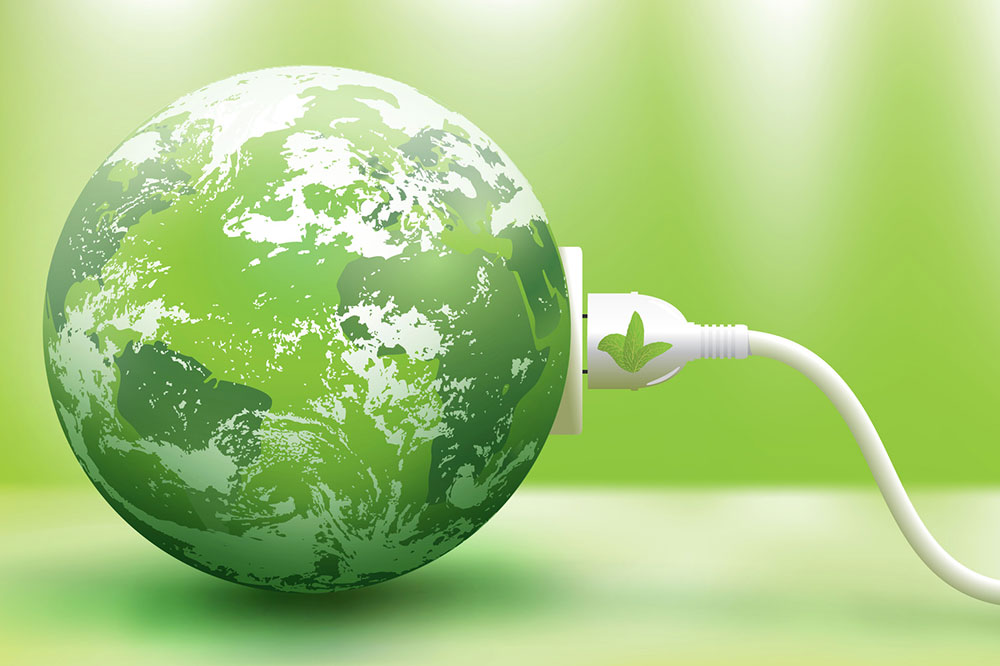
Comprehensive Guide to Sustainable and Renewable Energy Sources
As the world increasingly shifts towards eco-friendly solutions, sustainable energy, often called renewable energy, plays a vital role in reducing environmental impact. Unlike traditional fossil fuels, renewable energy sources produce minimal to no greenhouse gas emissions during their generation process, making them crucial in the fight against climate change. They are derived from naturally replenishing resources, ensuring a consistent and sustainable supply for the future. This comprehensive overview explores the various forms of renewable energy, highlighting their advantages, applications, and the challenges faced in their widespread adoption.
Transitioning to renewable energy not only helps combat global warming but also reduces dependency on finite nonrenewable resources like coal, oil, and natural gas. Additionally, the growth of renewable energy sectors creates numerous employment opportunities across manufacturing, installation, maintenance, and innovation domains, providing economic benefits alongside environmental ones. Here, we dive into the four main categories of renewable energy that are reshaping the global energy landscape: solar power, hydropower, wind power, and geothermal energy.
Solar Power: Harnessing the Sun's Infinite Energy
Solar energy captures sunlight through advanced photovoltaic panels, converting the sunlight directly into electricity. This technology has seen remarkable improvements over recent years, making solar power more accessible and affordable to both residential and commercial users. Solar panels can be installed on rooftops, in solar farms, or even integrated into building materials, offering versatile options for harnessing solar energy.
Solar power's primary advantage lies in its limitless availability — as long as the sun shines, solar panels can generate electricity. Photovoltaic cells convert sunlight directly into usable electrical energy or heat, which can be stored for later use or fed into the grid. Large-scale solar farms have become common, providing significant portions of renewable energy for entire regions. Many corporations worldwide now integrate solar energy into their operations to reduce their carbon footprint and lower energy costs, exemplifying the shift towards greener energy consumption.
Hydropower: Utilizing Moving Water for Electricity
Hydropower, also known as hydroelectric energy, captures the energy of flowing or falling water to generate electricity. Traditional large-scale hydroelectric dams convert the kinetic energy of water moving through turbines into electrical power, capable of supplying power to thousands or millions of households. Hydropower’s efficiency and ability to provide consistent, reliable energy have made it a cornerstone of renewable energy portfolios across many nations.
One of hydropower’s key strengths is its scalability; it can serve both small communities and large industrial complexes. Innovative methods like diverting rivers through channels or installing small-scale run-of-river systems enable energy production with minimal environmental disruption. Hydropower offers a significant advantage by providing stable, controllable output, making it a dependable energy source, especially when paired with energy storage systems to manage fluctuating demands.
Wind Power: Capturing the Breeze
Wind energy harnesses the kinetic energy of moving air through large wind turbines. These turbines, often located on open plains, coastal areas, or offshore sites, convert wind into electrical power with no emissions or pollutants. Wind farms can range from small localized setups to sprawling offshore facilities that generate vast amounts of electricity.
Implementing wind power is relatively straightforward and environmentally friendly. Its ability to operate without fuel means operational costs are low once turbines are installed. As technology advances, turbines become more efficient and capable of capturing weaker winds, expanding the geographic areas suitable for wind farms. Wind energy contributes significantly to national grids worldwide, providing clean power that reduces reliance on fossil fuels and decreases air pollution.
Geothermal Energy: Tapping Earth’s Natural Heat
Geothermal energy exploits the heat stored beneath the Earth’s surface, originating from radioactive decay and volcanic activity. Geothermal power plants drill deep into underground reservoirs to access hot water and steam, which then drive turbines to generate electricity. These systems can range from large-scale plants serving entire regions to smaller installations providing direct heating for local communities.
One of geothermal energy’s main benefits is its minimal land footprint and low emissions. Because geothermal plants can be installed underground, they integrate seamlessly with the environment and pose fewer visual and ecological challenges. This energy source is highly reliable and capable of providing continuous power, unlike solar or wind, which depend on weather conditions. As technology advances, the efficiency and reach of geothermal systems are expanding, making it a promising facet of the renewable energy mix.
Overcoming Challenges in Renewable Energy Adoption
Despite the numerous advantages, renewable energy faces several hurdles. Storage capacity remains a significant challenge, as intermittent sources like solar and wind require efficient ways to store excess energy for periods of low generation. High upfront costs for infrastructure and technology can deter investment, although decreasing prices and government incentives are helping to alleviate financial barriers. Additionally, geographical constraints — such as the availability of sunlight, wind, or geothermal heat — influence where and how these energy sources can be utilized effectively.
Addressing these obstacles requires continuous technological innovation, strategic planning, and supportive policies. As advancements in battery storage, grid management, and renewable infrastructure manufacturing progress, the integration of renewable energy into mainstream power systems becomes increasingly feasible. Governments and private sectors are increasingly committed to transitioning to sustainable energy, recognizing its essential role in reducing carbon emissions and fostering a resilient, green economy.
